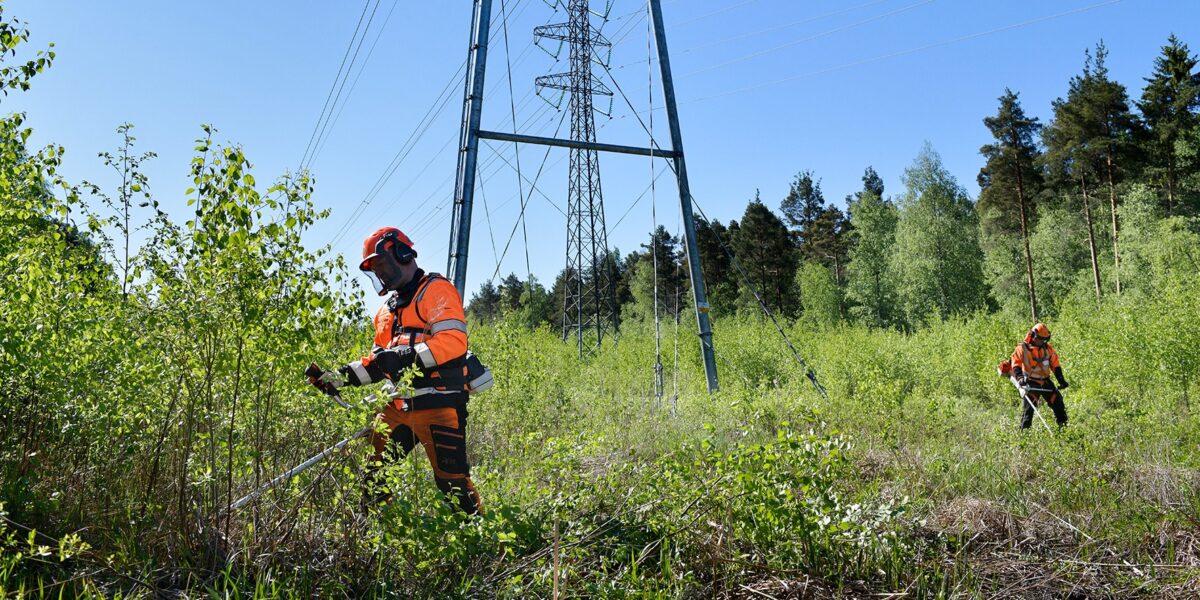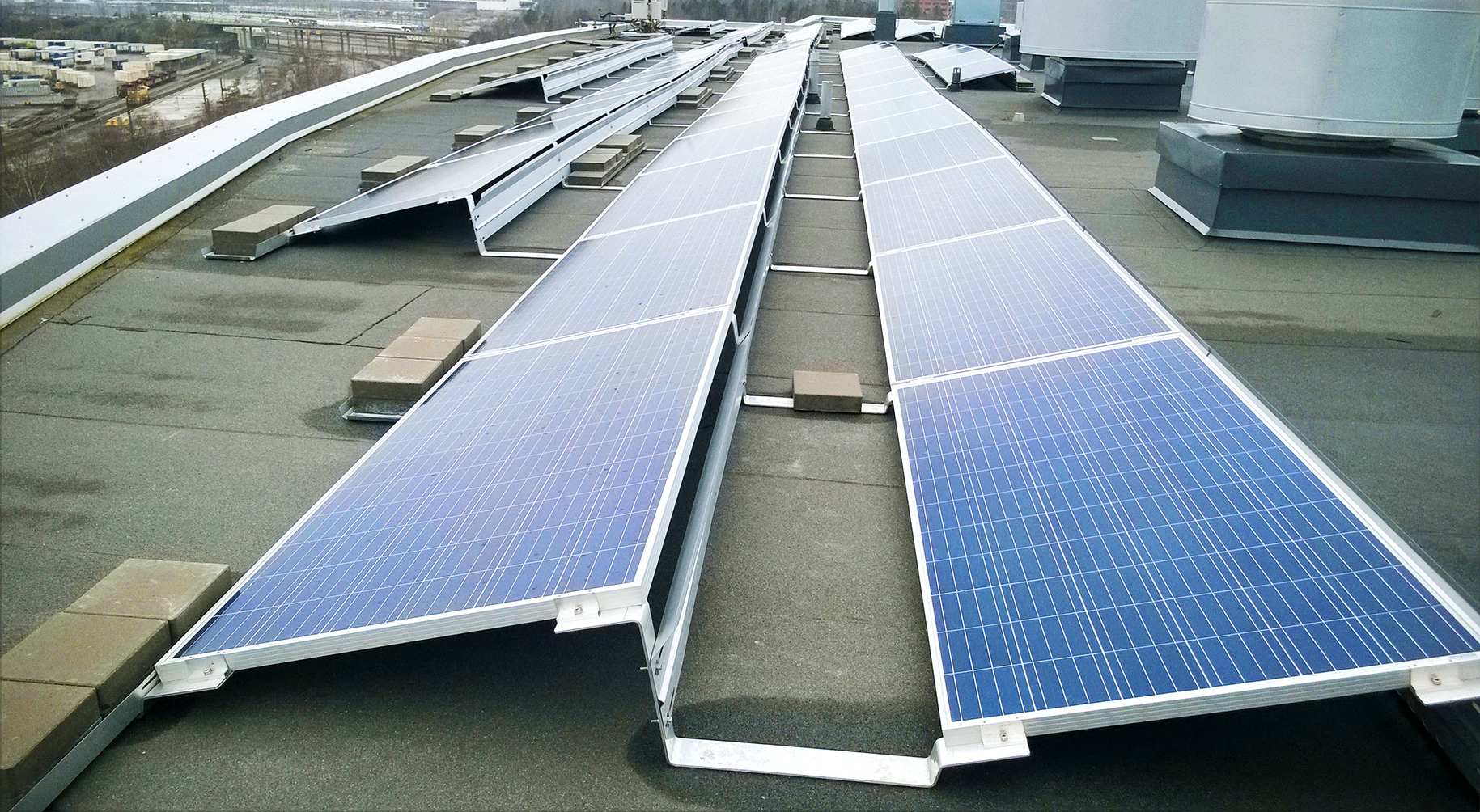Finland has almost 34,000 hectares of rights-of-way for high-voltage lines, also known as transmission lines. This land is cleared regularly – on average, every six years. Approximately 6,000 hectares of transmission line rights-of-way are cleared annually.
In addition, trees in the transmission line’s border zone are cut to the expropriation height so they do not touch the lines if they fall. Such trees are either felled or sawn back to size every 10–25 years.
“We have treated a lot of border zone vegetation in recent years, so there will be less of this work in the near future,” says Tero Ojarinta, Maintenance Manager for vegetation management.
Vegetation management helps ensure electrical safety: clearing reduces the risk of power cuts, minimises fire safety hazards, and makes the grid easier to maintain. Fully cleared areas also offer vital habitats for many endangered animal and plant species.
Putting transmission line rights-of-way to use
Landowners can choose to utilise transmission line rights-of-way for economic activity or to promote biodiversity and scenic value.
For example, a wetland or grazing area for wildlife could be established in a transmission line right-of-way. As the maximum height in the area must remain low, it is also suitable for cultivating Christmas trees or natural products and flowers that attract pollinating insects.
Meadowland also enables cattle to graze in the area. This results in increased biodiversity, while the animals naturally take care of the landscape.




